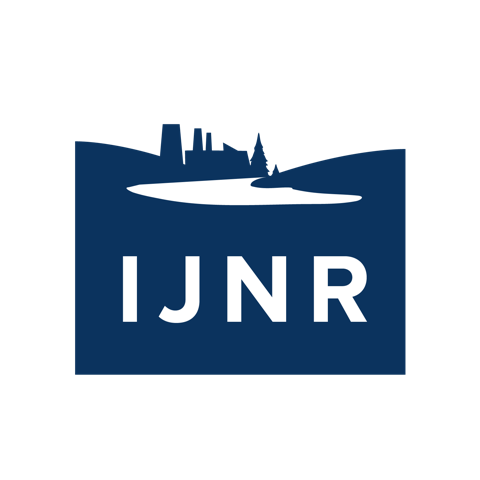Chesapeake Day 2
Baltimore’s Inner Harbor is actually the mouth of the Patapsco River, which flows through (well, under) the city before it drains into the Bay. Loaded with nutrients and sediment from upstream agricultural lands and trash from more urban areas, the end result is a severely impaired waterway. In fact, the waters of the Inner Harbor have oxygen levels so low that they can’t support life and bacteria levels so high that people are discouraged from getting in.
To get a better look at the upstream efforts of the Healthy Harbor Initiative, IJNR Fellows took a walking tour of the Patterson Park Neighborhood, meeting with residents and hearing about alley improvements, tree-planting initiatives, and the efforts of the city to remove blight and make Baltimore’s impoverished neighborhoods more livable and more harbor-friendly.
After the neighborhood walk, we visited Mr. Trash Wheel, a whimsical device that has removed thousands of tons of trash from the Jones Falls River, then went upstream to hear about why the river is unsafe to touch.
That afternoon, it was off to Annapolis to hear about TMDLs – Total Maximum Daily Loads – also known as the “pollution diet” placed on the six states that drain into the Bay. The multiple jurisdictions make improving the Bay a greater challenge, but the Clean Water Act requires that the U.S. EPA come up with the TMDL of pollutants and then have each state prescribe a plan to get things to acceptable levels. In the case of the Chesapeake, it’s chiefly nitrogen and phosphorus used in agricultural fertilizer. Fellows heard how the process works and where different states stand in meeting their goals, in an overview of the large-scale conservation efforts under way in the Bay. Speakers included representatives from the U.S. Fish & Wildlife Service, the U.S. Geological Survey, and the Chesapeake Bay Foundation.

